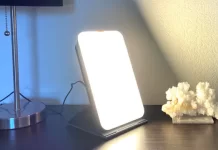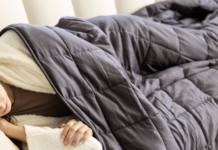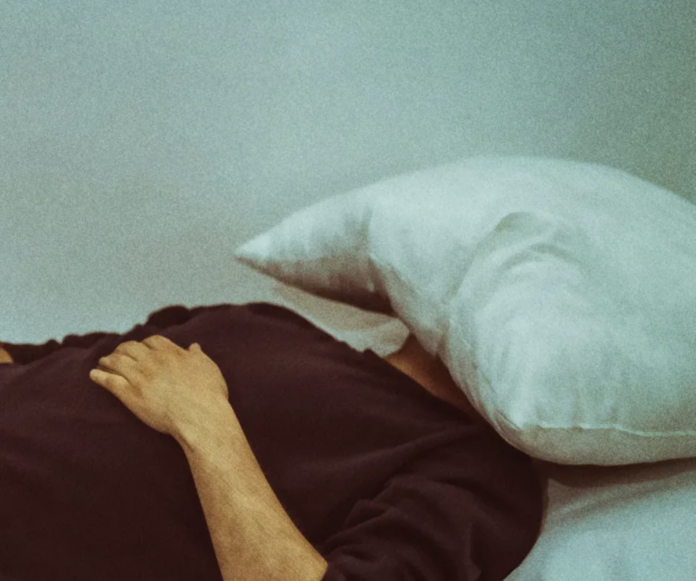Still have questions on the best ways to nap without any side-effects? Check out our napping FAQs below.
Am I napping too much?
In many cases, taking naps longer than 20 to 30 minutes can leave you feeling sleepy and less productive when you wake up. In other words, taking too long of a nap can defeat its intended aim.
Any person should consider their daily energy levels and sleep habits, including how much they sleep at night and how often they take naps. Changes in sleep patterns may be necessary if exhaustion or daytime sleepiness consistently interfere with work or other obligations.
When’s the best time to nap?
The optimal time to snooze for the majority of folks is either right before or right after lunch. The period of diminished attentiveness and productivity that frequently follows a noon meal is known as the post-lunch slump. As a result, taking a quick nap about 12:30 or 2 may help you feel less drowsy in the afternoon. By taking a nap at this time, you might also avoid having it interfere with your nocturnal sleep.
What’s the difference between an adult and a child nap?
Although both adults and children can take naps, their sleeping patterns typically differ. Infants, toddlers, and newborns need more sleep than adults do, and it’s normal for them to have daytime naps to make up for their lack of sleep at night.
Depending on their age, babies may take one or more naps each day that last anywhere from 30 minutes to two hours. Toddlers typically only nap once a day. Similar to adults, toddlers should take naps well before going to bed.
Like adults, children should not be distracted during their naps by noise, excessive light, or other factors. Children may quit napping altogether or cut down on their nap time over time.
What’s the best way to start a napping routine?
Creating a productive napping routine takes patience. It could be necessary to experiment with your nap’s start time, length, and location.
Consider keeping a nap journal if you are still trying to figure out the best way to nap. You can keep track of your level of drowsiness or weariness before and after your nap, as well as the place, time, and length of your nap. You can use these recordings to keep track of the types of naps that work best for you. You can start here if you need some advice on the best napping tips.
Should I change my napping habits?
Although your current napping practices might not exactly conform to professional advice, this does not necessarily imply that your method is ineffective. If your daily sleep or your energy level and focus during the day are suffering, you should just change your napping habits.
You may not need to alter the length or timing of your naps if they allow you to function well in both your personal and professional lives and do not interfere with your evening sleep. Change might not be required if you don’t typically take naps. You may not need to include sleeping in your daily schedule if you are able to function effectively each day without one.
When should you seek out professional help?
Consult your healthcare practitioner if you are having trouble getting enough sleep at night and are frequently resolving the issue with naps. Your doctor can assist in identifying sleep hygiene improvement techniques as well as probable sleep disorders that may be causing your insufficient sleep.
Another sign of a mental health condition like anxiety or sadness is excessive napping. If you experience additional linked symptoms, such as poor mood, changes in weight or eating patterns, or a lack of interest in things that you would typically find enjoyable, speak with your doctor.
The act of falling asleep without warning or at inappropriate times is distinct from napping and could be a symptom of narcolepsy or excessive daytime drowsiness. Speak with your healthcare practitioner if you discover that you are unable to stay awake during typical daytime hours.






























